Top 9 Longest Rivers in Bolivia
Bolivia is a South American country that is landlocked. Bolivia's geography is distinguished by a wide range of terrain and climate, as well as a high level of ... read more...biodiversity. Bolivia is divided into three distinct physiographic regions: the Andean, Sub-Andean, and Llanos. The Amazon Basin, the Rio de la Plata Basin, and the Central Basin all drain the country. These drainage basins are made up of a variety of rivers and lakes with varying characteristics and lengths. Toplist has compiled the longest rivers in Bolivia.
-
The first one in Top 9 Longest Rivers in Bolivia that Toplist wants to introduce to you is Paraguay River. The Paraguay River runs through Brazil, Bolivia, Paraguay, and Argentina and is a major river in south-central South America. From its headwaters in the Brazilian state of Mato Grosso to its confluence with the Paraná River north of Corrientes and Resistencia, it flows for approximately 2,695 kilometers (1,675 mi).
The source of the Paraguay is located south of Diamantino in the Brazilian state of Mato Grosso. It travels generally southwest, passing through the Brazilian city of Cáceres. It then flows southward, passing through the Pantanal wetlands, the city of Corumbá, and then close to the Brazil-Bolivia border for a short distance in the Brazilian states of Mato Grosso and Mato Grosso do Sul.
The river flows almost due south before joining the Apa River in Puerto Bahia Negra, Paraguay, and forms the border between Paraguay and Brazil.
The Paraguay River follows a long, gentle curve to the south-southeast before resuming a more south-southwesterly course, dividing the country into two distinct halves: the Gran Chaco region to the west, a largely uninhabited semi-arid region; and the eastern forested departments of the country, which account for approximately 98 percent of the country's inhabitants. As a result, the river is regarded as possibly the most important geographical feature of the country with which it shares its name.
After passing through the middle of Paraguay, at the confluence with the Pilcomayo River and passing through the Paraguayan capital city, Asunción, the river forms the border with Argentina, flowing generally south-southwesterly for another 275 kilometers (171 miles) before joining the Paraná River.
Length: 2,695 km (1,675 mi- shared with Paraguay, Brazil and Argentina)
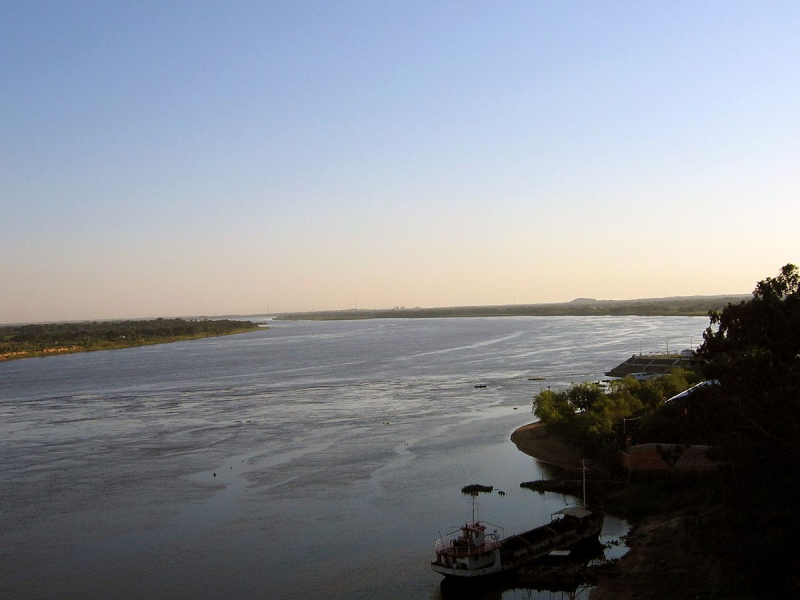
en.wikipedia.org 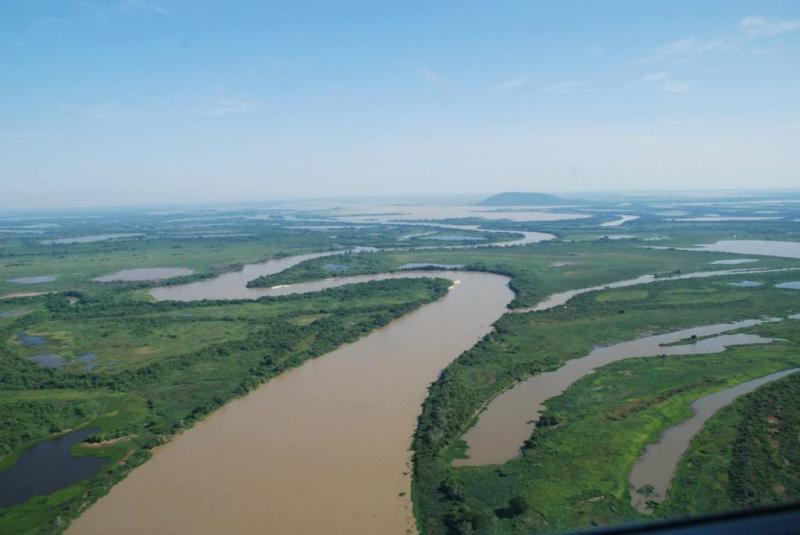
visitparaguay.net -
The second one in Top 9 Longest Rivers in Bolivia that Toplist wants to introduce to you is Mamoré River. The Mamoré is a large river in Brazil and Bolivia that joins the Beni to form the Madeira, one of the Amazon's largest tributaries. It begins on the northern slope of the Sierra de Cochabamba, east of Cochabamba, and is known as the Chimoré until it meets the Chapare. The Chapare, Secure, Apere, and Yacuma come from the west, and the Ichilo, Guapay, Ivari, Manique, and Guapore come from the east.
The Guapay should be considered the upper part of the Mamore based solely on its length; however, it is shallow and obstructed, and carries a much smaller volume of water. Guapore rivals the Mamore in length and volume, with its headwaters in the Parecis plateau of Mato Grosso, Brazil, just a few miles from streams flowing north to the Tapajos and Amazon, and south to the Paraguay and Paraná rivers. The Mamore is cut off by rapids a few miles above its confluence with the Beni, but a 300-kilometer-long railway has been built from below the Madeira rapids. The river is navigable above the rapids all the way to Chimoré at the foot of the Sierra, and most of its tributaries are navigable for long distances. In 1874, Franz Keller calculated the Mamoré's outflow at mean water level, excluding the Guapore, to be 41,459 cm3/sec (2,530 cub. in. per second), and the area of its drainage basin, also excluding the Guapore, to be 24,299 km2 (9,382 square miles).
A large pre-Columbian civilization existed in the Mamore River basin, in the swampy area known as the Llanos de Moxos.
Length: 1,930 km (1,200 mi- shared with Brazil)
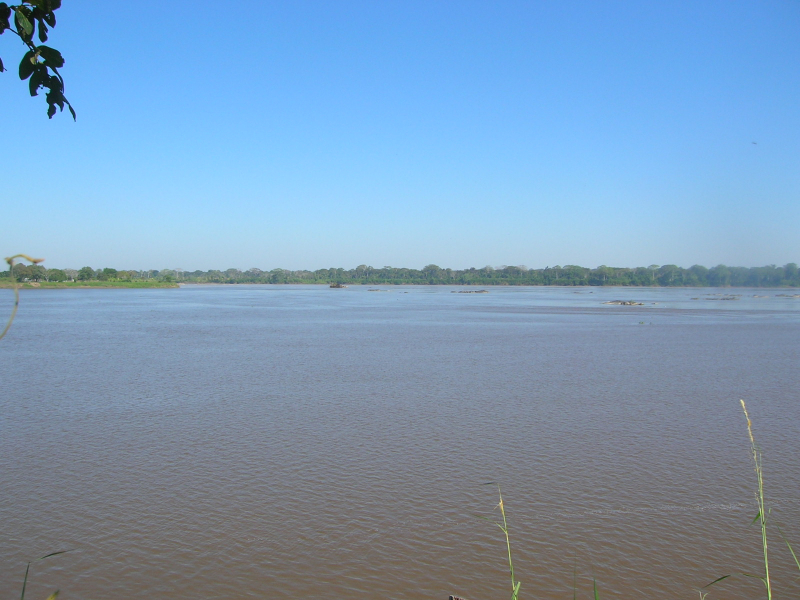
commons.wikimedia.org 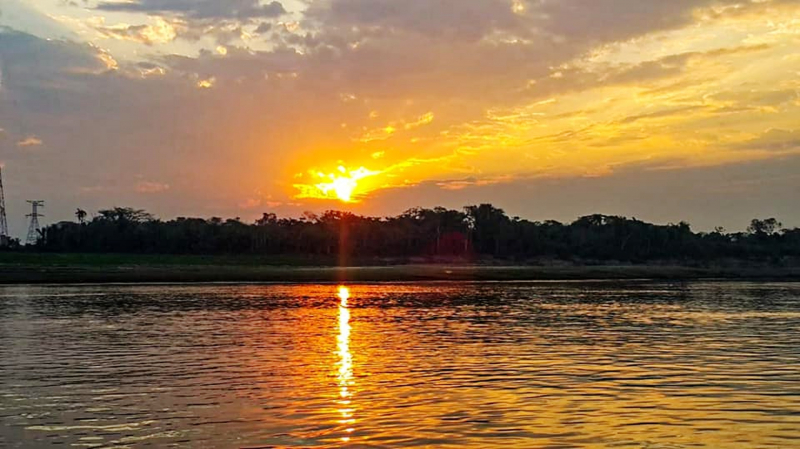
itinari.com -
The third one in Top 9 Longest Rivers in Bolivia that Toplist wants to introduce to you is Itonomas River. The Itonomas River flows through the Bolivian departments of Santa Cruz and Beni. It is a tributary of the Amazon River. The San Julián River, which begins near Concepción Lake at the confluence of the intermittent Quimome and Santa Maria Rivers as the San Julián River, flows north until it becomes the San Pablo River near Ascensión de Guarayos, at which point it forms part of the border between the Beni and Santa Cruz Departments. It then flows further north into the Beni Department, and after passing by the small Lake El Bi, it becomes the San Luis River, which it retains for a short distance before becoming the Itonomas River at its confluence with the Lopez River.
Despite its length, the Itonomas is nominally considered a tributary of the shorter Machupo River, which drains into the Iténez River only a short distance downstream. Furthermore, because its headwaters are located on the eastern edge of the vast Baados del Izozog, the Itonomas can be considered a hydrological continuation of the Parapet River, which originates in the Bolivian Andes.
It receives tributaries such as the Quizer River along its path.
Length: 1,493 km (928 mi)
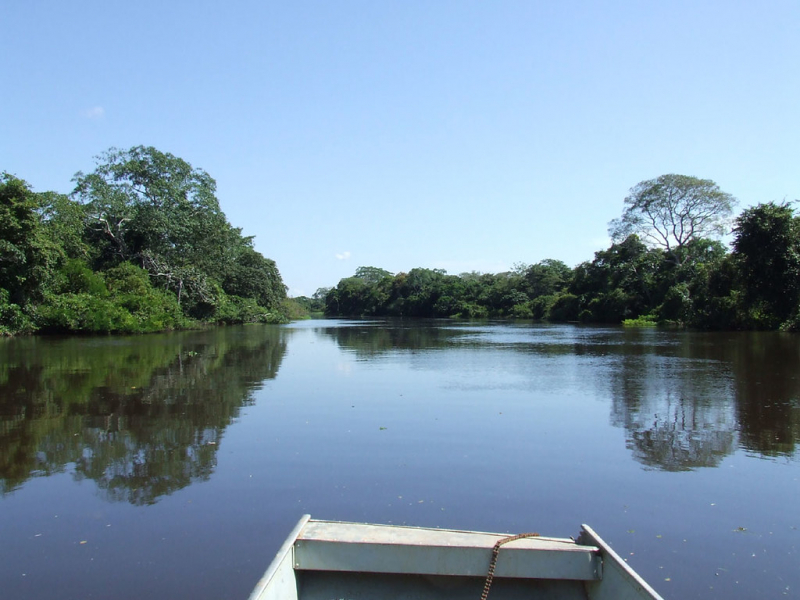
flickr.com 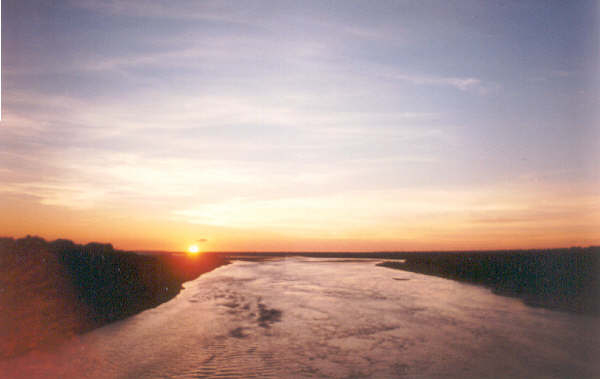
en.wikipedia.org -
The fourth one in Top 9 Longest Rivers in Bolivia that Toplist wants to introduce to you is Madeira River. The Madeira River is a major South American waterway. It is estimated to be 1,450 km (900 mi) long, whereas the Madeira-Mamoré is estimated to be around 3,250 km (2,020 mi) or 3,380 km (2,100 mi) in length, depending on the measuring party and their methods. The Madeira is the Amazon's largest tributary, accounting for approximately 15% of the water in the basin.
The Madeira River is turbid due to high sediment levels and is whitewater, as is typical of Amazonian rivers with primary headwaters in the Andes, but some of its tributaries are clearwater (e.g., Aripuanã and Ji-Paraná) or blackwater (e.g., Manicoré).
The upper Madeira River system is home to the Bolivian river dolphin, which is either a subspecies of the Amazon river dolphin or a separate species. The Madeira River Basin is thought to have over 900 fish species, making it one of the world's richest freshwater systems in terms of species richness.
Length: 1,450 km (900 mi- shared with Brazil)
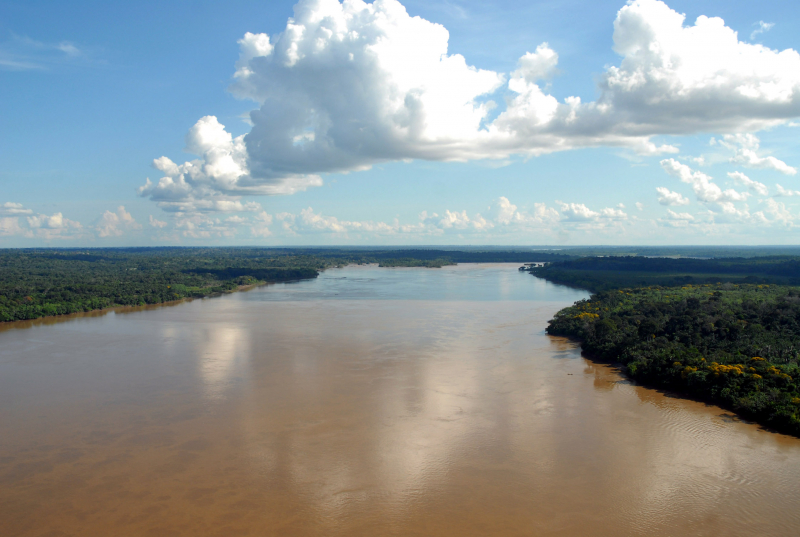
vi.m.wikipedia.org 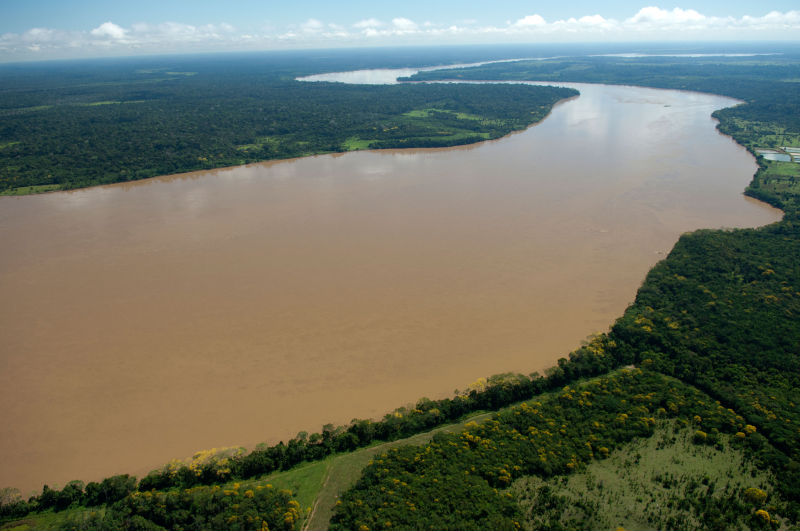
amazonwaters.org -
The fifth one in Top 9 Longest Rivers in Bolivia that Toplist wants to introduce to you is Madre de Dios River. The Madre de Dios River is a river that runs through Peru and Bolivia. It is named after the Peruvian region through which it flows. On Bolivian territory, it receives the Beni River near Riberalta, which later confluences with the Mamore River to form the Madeira River. The Madeira is an Amazon River tributary.
The Madre de Dios is an important waterway for the Madre de Dios department, particularly Puerto Maldonado, the largest town in the area and the department's capital. Among the many industries on its beaches are mango farming and gold mining. Other important industries provided by the Madre de Dios include selective logging and farming, both of which pose serious environmental challenges. There are several national parks and reserves along the river's length, including Tambopata-Candamo National Park, Man National Park (also known as Man Biosphere Reserve), and Bahuaja-Sonene National Park.
As part of the vast Amazon River watershed, the Madre de Dios serves as the area's largest watershed. The main tributaries of the river are the Chivile, Azul, Blanco, Inambari, Tambopata, and Colorado rivers on the right, and the Los Amigos, Man, and Las Piedras rivers on the left.
Length: 1,347 km (837 mi-shared with Peru)
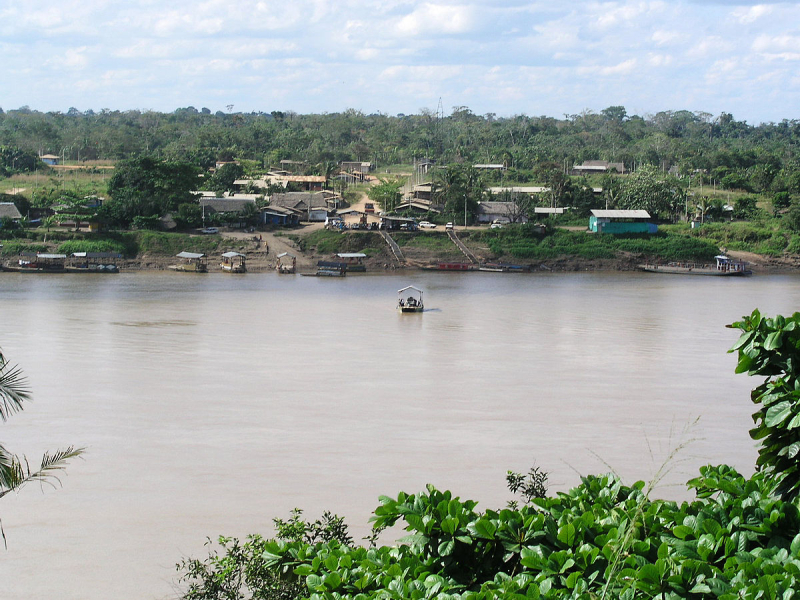
es.wikipedia.org 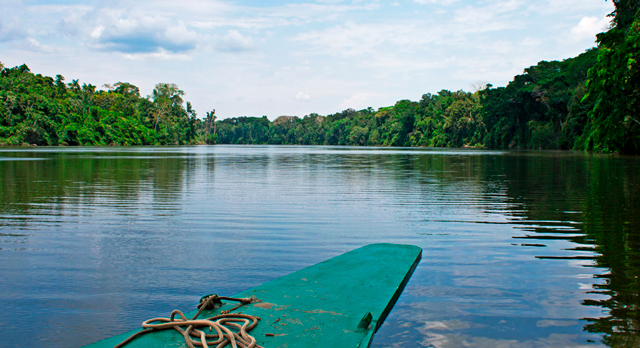
machupicchutravelagency.com -
The Guaporé River flows through western Brazil and northeastern Bolivia. It is 1,260 kilometers (780 miles) long, with 920 kilometers (570 miles) forming the border between Brazil and Bolivia.
The Guaporé River is part of the Madeira River basin, which flows into the Amazon River. The Guaporé River runs through the eastern part of the Beni savanna. It borders the Guaporé Biological Reserve, which covers 615,771 hectares (1,521,600 acres), and is fed by rivers that originate in the reserve, including the São Miguel, Branco, São Simão, Massaco, and Colorado.
The Guaporé River basin is home to approximately 260 fish species, 25 of which are endemic. While many of the river's fish species are essentially Amazonian, the Guaporé's fauna is also linked to the Paraguay River (part of the Río de la Plata Basin). While the Guaporé and the Paraguay flow in opposite directions, they both originate in Brazil's Parecis plateau. Among the fish species shared by these rivers are the black phantom tetra (popular in aquariums) and golden dorado (important in fisheries).
Length: 1,260 km (780 mi- shared with Brazil)
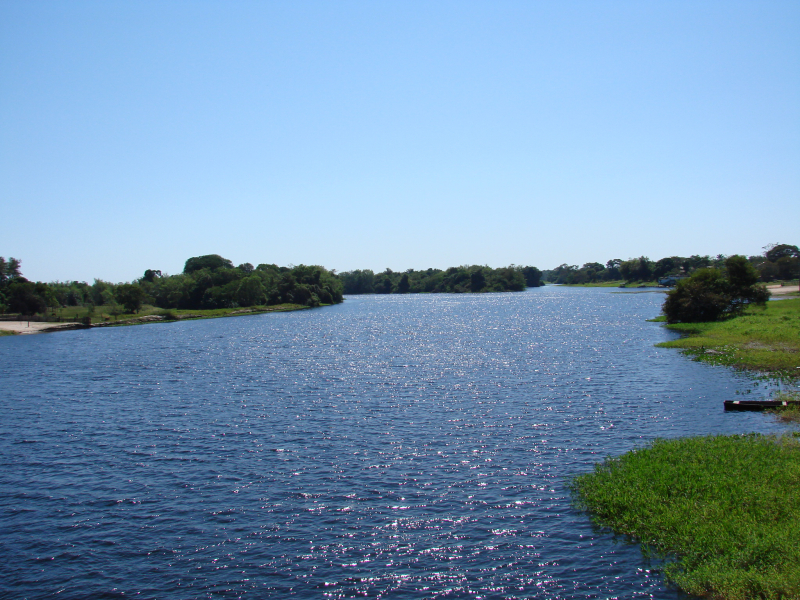
vi.wikipedia.org 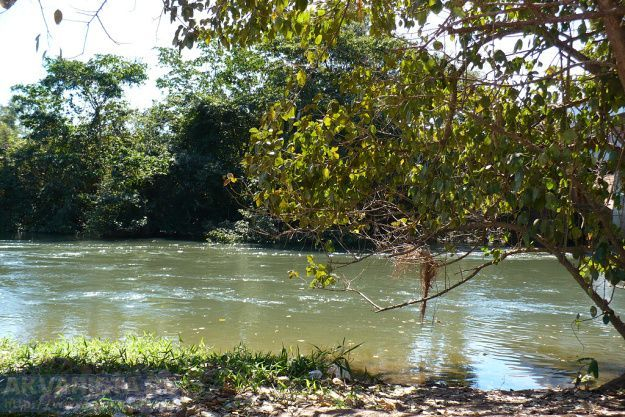
pl.pinterest.com -
Pilcomayo is a river in central South America. It is the longest western tributary of the Paraguay River, stretching 1,100 kilometers (680 miles). It has a drainage basin area of 270,000 square kilometers (100,000 square miles) and a mean discharge of 200 cubic metres per second (7,100 cu ft/s).
The Pilcomayo silts up and splits into two main branches, north and south, along its course. After a while, these branches merge to form the Lower Pilcomayo.
The Pilcomayo River rises in the Andes mountain range's foothills in Bolivia's Oruro Department, east of Lake Poopó. The Pilcomayo is thought to have originated in the Jach'a Juqhu River. Aguas Calientes and Kachi Mayu are names given to the Jach'a Juqhu River upstream. The river is known as Pilcomayo from its confluence with the Chillawa (Chillahua). From there, it flows southeast through the departments of Chuquisaca and Tarija, then through the Argentine province of Formosa and the Gran Chaco plains of Paraguay, forming the majority of the border between these two countries before joining the Paraguay River near Asunción. The Río Pilcomayo National Park is located in Argentina. It also forms a short section of the Argentina–Bolivia–Paraguay border, just before the Argentina–Bolivia–Paraguay tripoint.
Length: 1,100 km (680 mi- shared with Argentina and Paraguay)
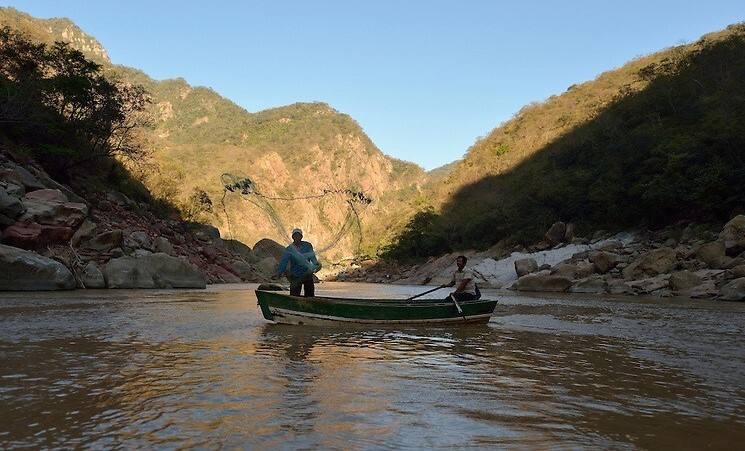
kairosphotos.photoshelter.com 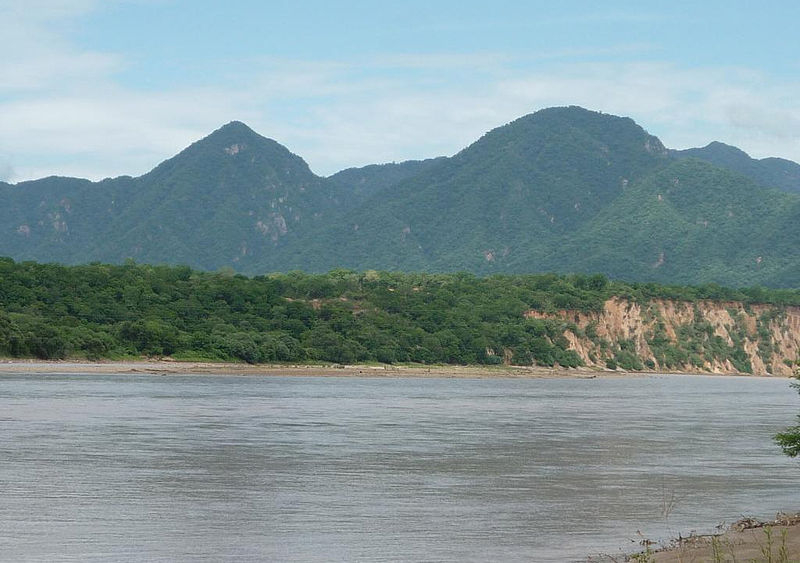
commons.wikimedia.org -
The Beni River is a river in Bolivia's northwestern region. It flows northeast from its headwaters north of La Paz. Its mouth is on the Madre de Dios River. It flows through highland forest and rainforest in the upper reaches of its course, where the Cachuela Esperanza rapids disrupt the river's upstream navigability. The middle river flows through dense rainforest before joining the Madidi and Tuichi rivers, which flow through Madidi National Park. Upstream from the town of Rurrenabaque, the Tuichi River joins the Beni River. The Beni River flows through the Llanos de Moxos, also known as the Beni Savanna and named after the river, north of Rurrenabaque. At Riberalta, it empties into the larger Madre de Dios.
The Beni River has several minor tributaries, including intermittent streams like the Emero River.
The CIA received unverified information in 1947 indicating that there were settlements of escaped Nazis along the Beni and its tributaries.
Length: 1,100 km (680 mi- shared with Brazil)
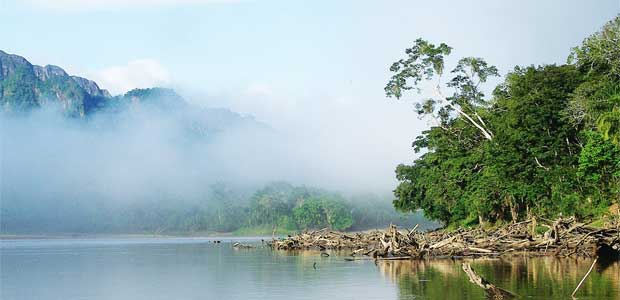
boliviaesturismo.com 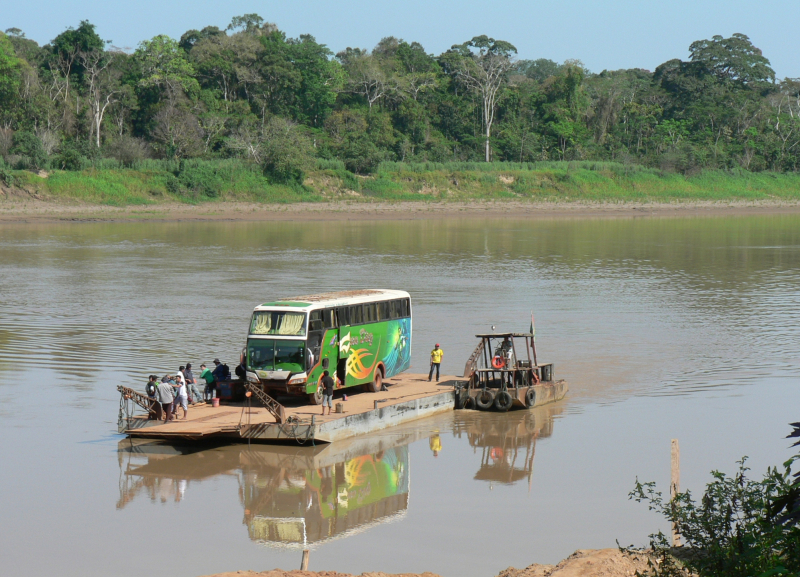
en.wikipedia.org -
In Bolivia, the Rio Grande (The native name: Río Grande), also known as Rio Guapay, rises on the southern slope of the Cochabamba mountains, east of the city of Cochabamba, at 17°26′11′′S 65°52′22′′W. It is known as the Rocha River at its headwaters. It travels west across the Cochabamba valley basin. After 65 kilometers, the river turns south-east and joins the Arque River at 17°42′10′′S 66°14′45′′W and an elevation of 2.350 m.
From this point, the river is known as the Caine River for 162 kilometers before changing its name to the Rio Grande. After 500 kilometers, the river turns north-east and flows in a wide curve around the lowland city of Santa Cruz.
After 1.438 kilometers, the Rio Grande joins the Ichilo River, a tributary of the Mamoré- a large river in Brazil and Bolivia that joins the Beni to form the Madeira, one of the Amazon's largest tributaries, at 15°48′09′′S 64°43′47′′W.
Length: 820 km (510 mi)
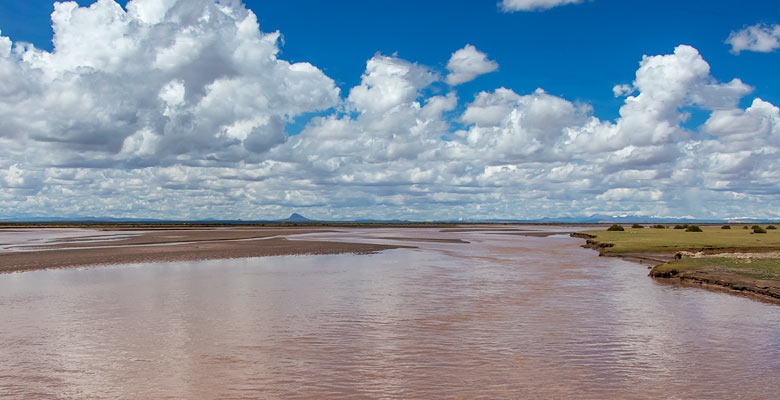
ibolivia.org 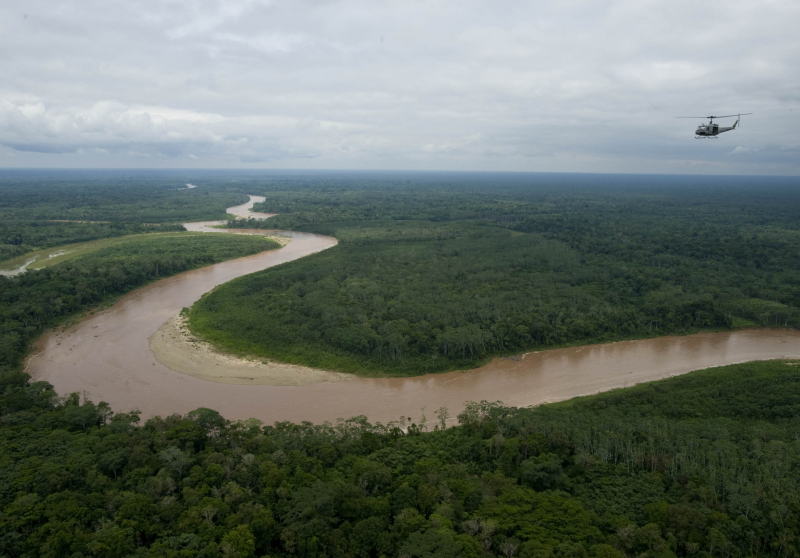
comunicacion.gob.bo






























